Today we have some bird photos by ecologist Susan Harrison. Her captions are indented, and you can enlarge the photos by clicking on them. (And send in yours.)
Dry Tortugas and the perils of migration
The Dry Tortugas are the westernmost of the Florida Keys, lying just over 100 miles from the mainland. These tiny sandy islands, or cays, are uninhabited by people but essential to bird life. They support breeding colonies of some unusual seabirds, and they are the North American landfall for many spring-migrating songbirds.
Dry Tortugas National Park was created to protect these birds, and human visitors can go to only one island: Garden Cay, which supports Fort Jefferson, a huge crumbling installation begun in 1846 and abandoned in 1906. The fort saw use as a Civil War prison, a quarantine, and a coaling station, but its war-worn look is an illusion. Somehow the engineers of the day did not realize that iron fittings exposed to salt water would expand and tear apart its brick walls.
Fort Jefferson:
Wandering about the fort’s grounds in late April, avian migrants are seen resting in the shrubby Seagrape (Coccoloba uvifera) and Buttonwood (Conocarpus erectus) trees and drinking at the tiny brick birdbath that provides the only water for many miles around.
Palm Warbler, Setophaga palmarum:
Cape May Warbler, Setophaga tigrinum:
Blackpoll Warbler, Setophaga striata:
Ovenbird, Seiurus atrocapilla:
Yellow-billed Cuckoo, Coccyzus americanus:
Purple Gallinule, Porphyrio martinca:
The fort is hardly a safe refuge for these tired flyers, however. Bird-eating raptors circle the grounds constantly and we saw several luckless songbirds get caught.
Merlin, Falco columbarius:
Sharp-shinned Hawk, Accipiter striatus:
Antillean Short-eared Owl, Asio flammeus domingensis, a Caribbean subspecies:
Lastly, here are three bird species that within the US are only seen in southernmost Florida; I saw the first one on Garden Cay and all of them in Key West.
Grey Kingbird, Tyrannus dominicensis:
Short-tailed Hawk, Buteo brachyurus:
White-crested Pigeon, Patagioenas leucocephala:
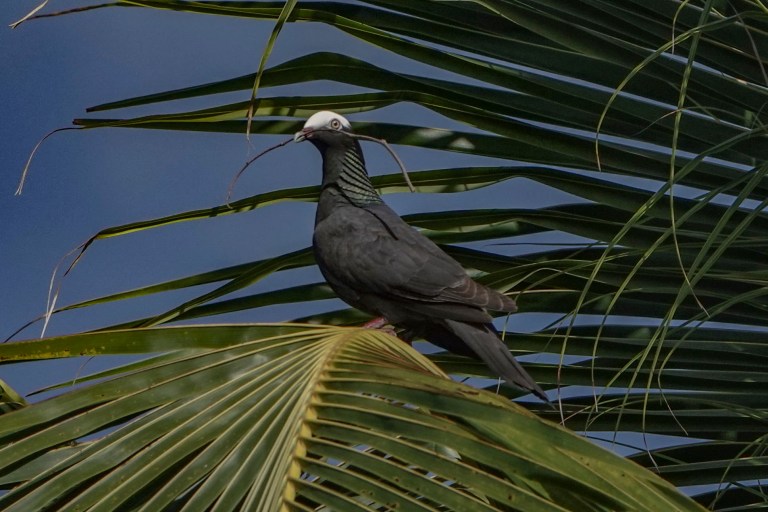

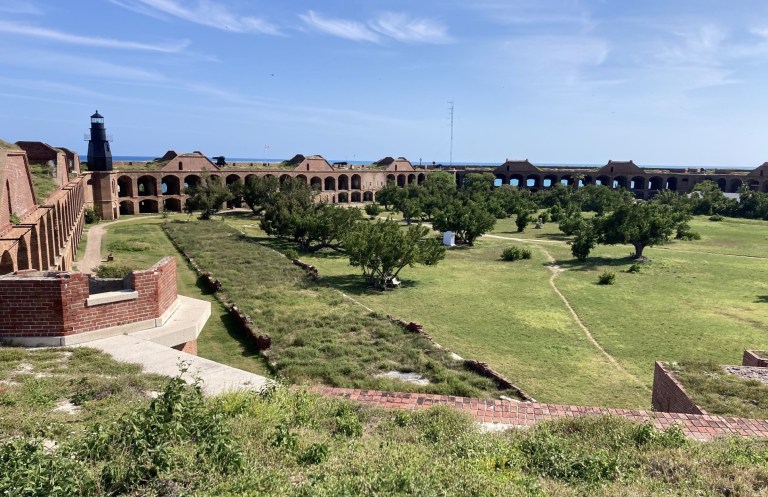





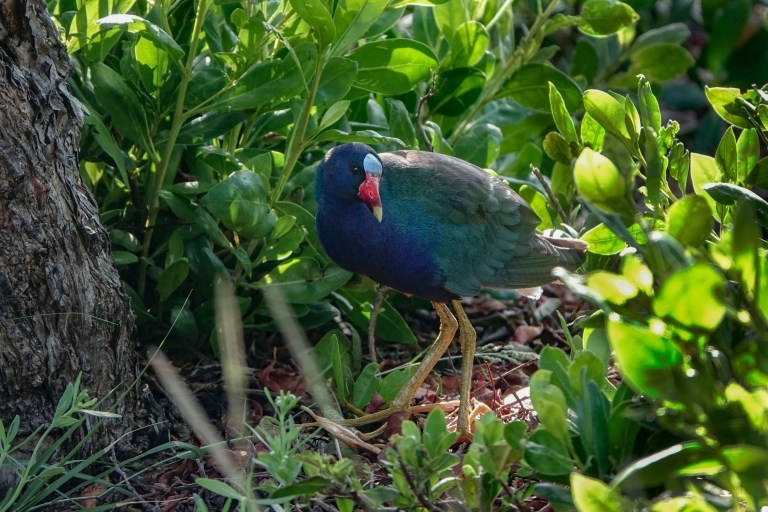

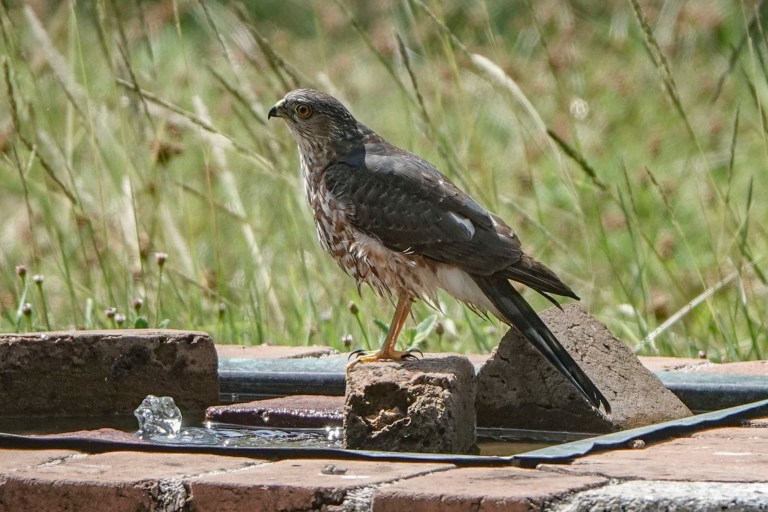
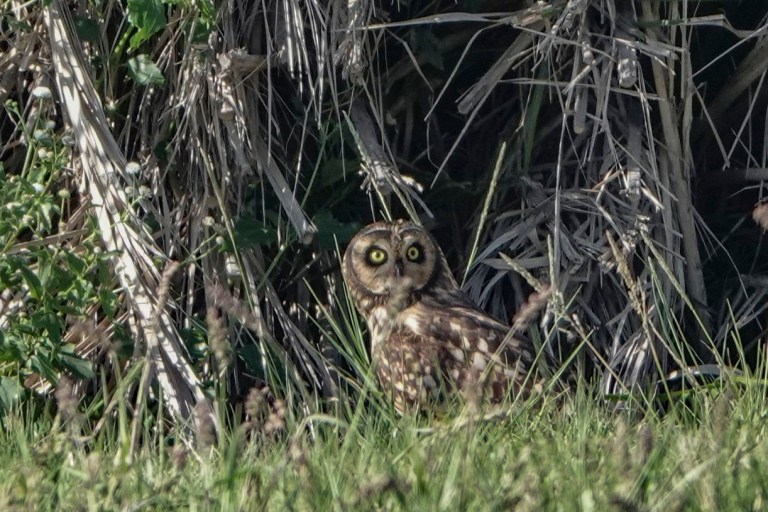




Beautiful! Thanks for this lovely visit to The Dry Tortugas.
We made one trip to Fort Jeff when we lived in Key West–thanks for the beautiful memories! One note–the most common bird in our KW backyard was the Red-bellied Woodpecker, Melanerpes carolinus, which used to annoy the heck out of us at this time of year by drumming on the neighboring tin church steeple. That bird was loud!
Excellent photos! Those warbler photos must have been very hard to get, especially the Blackpoll.
Thanks! (and thank goodness for digital cameras!). 😀
Beautiful portraits!
Wow, you sure do get around! I especially love the superb but no doubt difficult-to-get photos of the New World warblers, my favorite family of birds in the Americas.
Thanks! Me too – I’ll never have a huge life list, but do hope to see all 40 or so of the N American warblers (I’m at around 35 or 36). They are such incredible little gems.
As always, thank you Susan. Great photos. An owl on the ground during daytime? You life science guys sure get around!
Thank you, and I was just there in tourist capacity 🙂
Our guide was really wowed by seeing that Antillean owl; they don’t show up in the US very often.
The owl in flight is a great shot! So many lovely birds. Thank you, Susan. Great, as always.